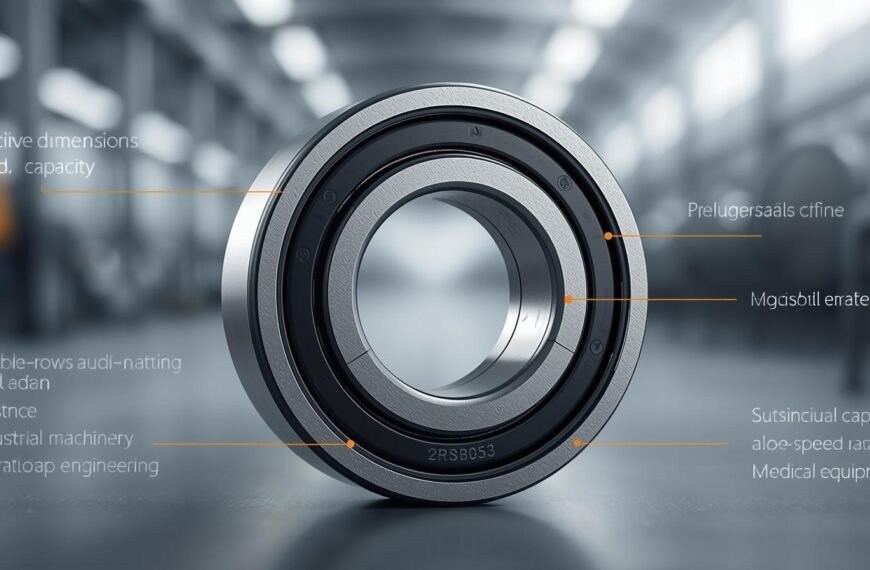In the world of CNC machining, using the right cutting tool for the job can make all the difference in accuracy, efficiency, and tool life. Two commonly confused tools are end mills and thread mills. While both are used in milling applications, their design, function, and ideal usage scenarios are very different.
Choosing between them isn’t just about preference—it’s about the demands of your material, your machine, and your part design. Whether you’re slotting aluminum or threading hardened steel, understanding when to reach for a threadmill versus an end mill could be the key to maximizing both quality and productivity.
Cutting Tools, Two Very Different Jobs
At first glance, thread mills and end mills might seem interchangeable—they both rotate, cut material, and come in a variety of sizes and coatings. However, their intended purposes diverge significantly.
End Mills are the go-to tool for general-purpose material removal. They come in various geometries and flutes, and are used to machine slots, contours, pockets, and profiles. Their versatility makes them a staple in nearly every milling application.
Thread Mills, on the other hand, are specialized tools designed to cut internal or external threads. Unlike taps, which cut threads in a single, fixed motion, thread mills allow for more controlled, multi-axis interpolation. This enables better chip control, reduced risk of breakage, and the ability to use one tool for multiple thread sizes—making them ideal for high-precision jobs or hard-to-machine materials.
Here’s a breakdown of core differences:
- Function: End mills are for shaping and slotting; thread mills are for threading operations
- Toolpath: End mills cut linear paths; thread mills use a helical toolpath
- Flexibility: End mills are material-specific; thread mills can be used for a range of thread diameters
- Precision: Thread mills allow for superior control and clean threads without backlash
When it comes to milling efficiency, the choice often boils down to the part design. If you’re machining features that don’t require threading, an end mill is often your best bet. But if threading is part of your operation—especially in high-value materials or one-off parts—a thread mill delivers cleaner, more controlled results.
Speed vs. Accuracy
Speed and accuracy are often trade-offs in machining, and choosing between an end mill and a thread mill is no exception.
End Mills are typically faster at removing material. They’re designed for aggressive cuts and can achieve rapid results when machining slots or cavities. However, they don’t offer much flexibility once installed—they do one job, and they do it quickly.
Thread Mills are slower by nature but offer higher precision. They’re ideal for applications where the cost of a scrapped part is high or where thread accuracy and consistency are mission-critical. While not as speedy as taps or thread-forming tools, their versatility and reduced risk of breakage make them a valuable asset in precision environments.
Additional considerations include:
- Material: End mills are ideal for softer materials or bulk removal, whereas thread mills shine in hardened alloys
- Tolerance Requirements: Choose thread mills when tight tolerances are required
- Tool Longevity: Thread mills, while slower, often last longer in tough materials due to lighter engagement per pass
- Programming: Thread milling requires a more complex toolpath, which may demand more sophisticated CAM software
Lastly, always consider the big picture: your shop’s goals, material waste, and machine capabilities. Sometimes it’s not about which tool is “better,” but which one aligns with your project’s timeline, tolerances, and cost structure.
Final Thoughts
Both end mills and thread mills serve essential, yet very different roles in CNC machining. End mills deliver speed and versatility in general milling applications, while thread mills offer accuracy, control, and flexibility in threading tasks.
Knowing when and how to use each tool—and understanding the differences in geometry, application, and toolpath—will not only improve your machining results but also extend your tool life and reduce costly errors. Whether you’re running quick production runs or detailed one-offs, having the right milling tools in your arsenal makes all the difference.









